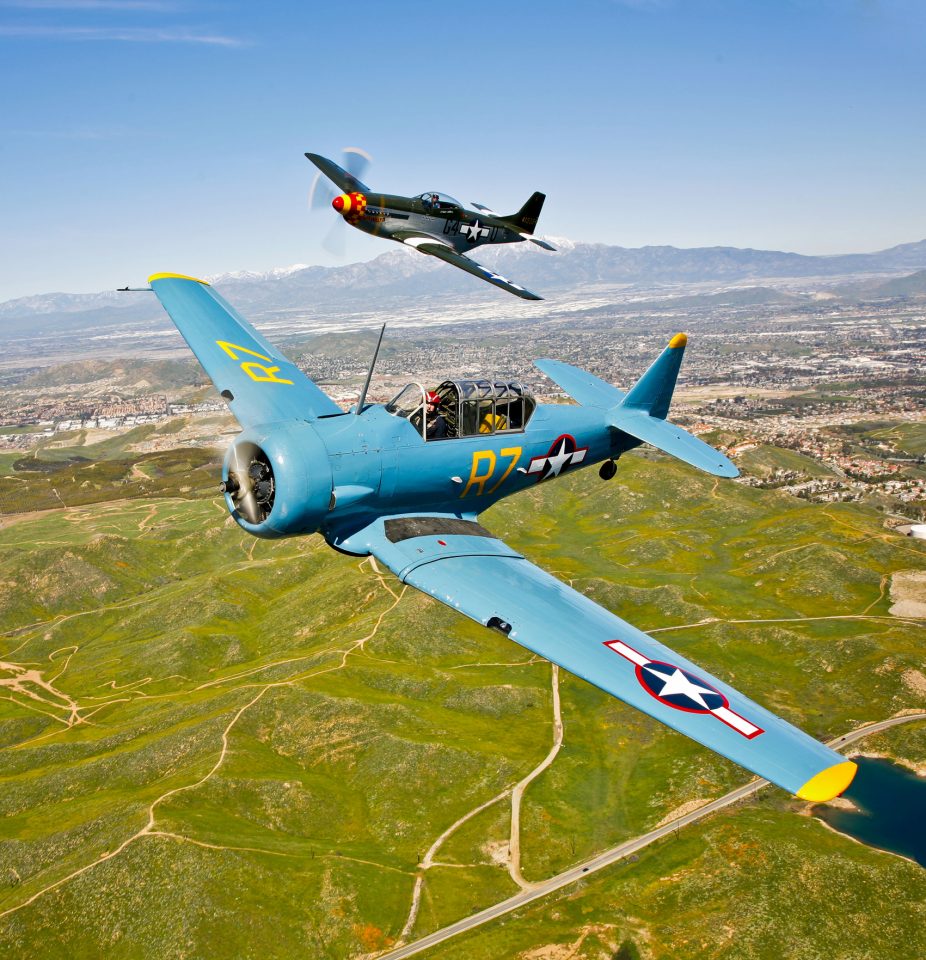
During World War II, military investment drove growth in the aviation industry like never before. In just a few years, aircraft manufacturers were building aircraft at a remarkable rate to meet the demands of war. Today, we’re taking a closer look at some eye-opening facts and figures about aviation during World War II.
1. During WWII, the United States manufactured nearly 300,000 aircraft, including fighters, bombers, trainers, reconnaissance, and transport support aircraft.
2. The B-29 Superfortress was one of the largest planes flown during WWII. The four-engine, propeller driven-heavy bomber was also the most expensive project the United States produced for the war, costing around $3 billion to develop.
3. Civilian automobile production was suspended in 1942 to aid the war effort. Automobile manufacturers began assembling jeeps, tank engines, and of course, aircraft.
4. The fastest aircraft to see any combat in WWII was the German Messerschmitt Me 163. The rocket-powered fighter set an airspeed record of 702 mph in 1944, although this record was not recognized by the Fédération Aéronautique Internationale due to its secrecy during the war.
5. The Supermarine Spitfire was the only British aircraft that was produced throughout the entire war. It played a pivotal role in the Allie’s success in the Battle of Britain, and remained in service until 1950. There are approximately 55 Spitfires still airworthy today.
6. Between 1942 and 1944, more than 1,100 young women volunteered for an experimental program to known as the Women Airforce Service Pilots, WASP for short. WASP members flew nearly every type of military aircraft to test overhauled planes, ferry aircraft cross-country from factories to military bases, transport cargo, and tow targets for live anti-aircraft gun tests.
7. Cabin pressurization was invented during WWII, and the B-29 was the first Allied-produced bomber equipped with a pressurized cabin system for high-altitude operations. Without this innovative technology, today’s pilots wouldn’t be able to fly much above 15,000 feet.